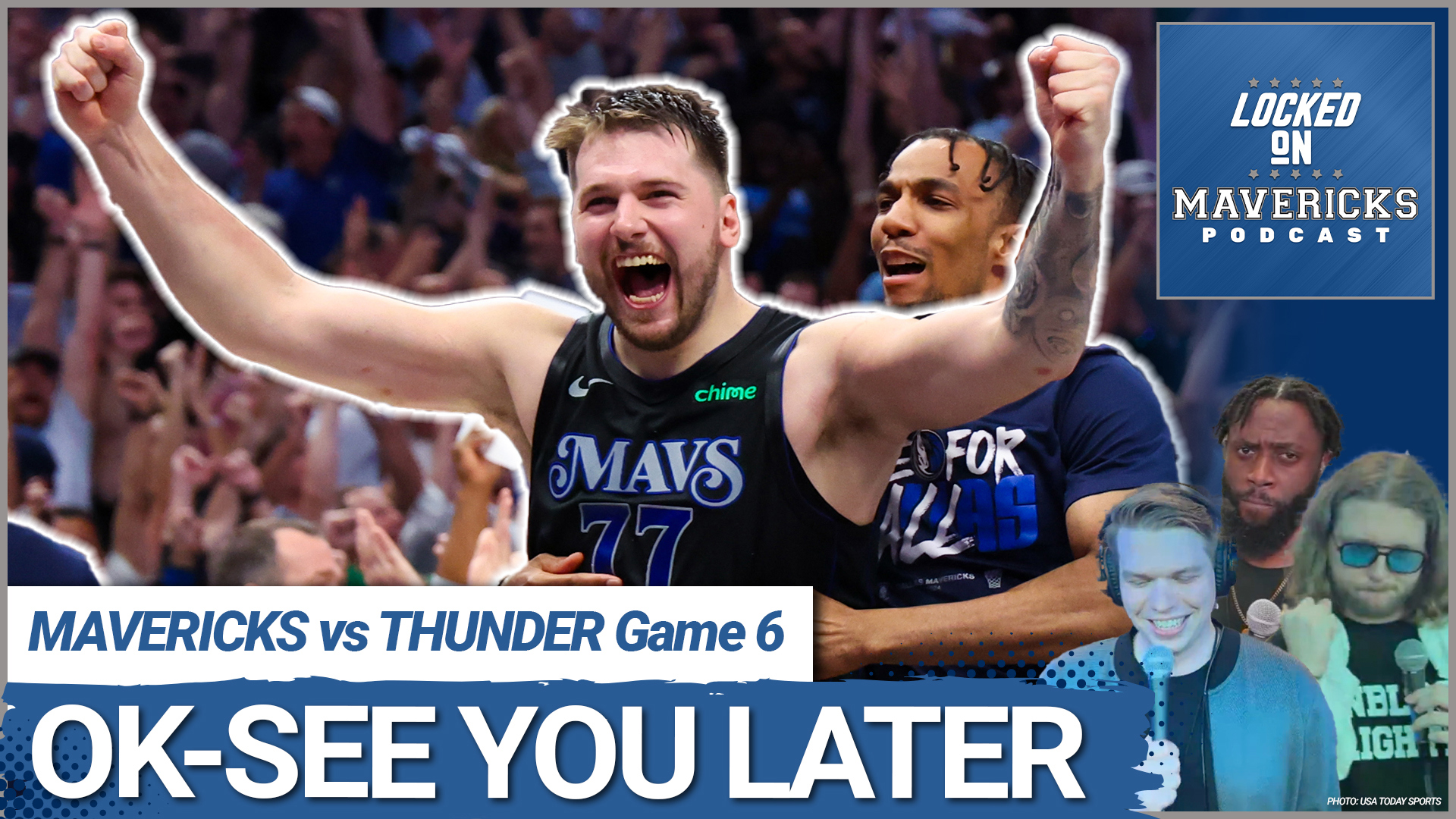As the country continues to wait for the new guidelines of sport during the COVID-19 pandemic, the NCAA released nine core principles of resocialization that must take place in order for college athletics to return.
For each individual institution, state and local authorities must have a plan in place along with a plan in place at the university/college level for resocialization of students.
The NCAA's COVID-19 panel recognized that some areas are seeing increases in cases, while others remain steady, stating: "for each member institution, that return will come at a different time and will certainly take a different form."
The release makes it clear that in order for college athletics to return, students must be taking in-person classes at the universities.
The release also stated that COVID-19 infection rates have to diminish for at least 2 weeks in order for the resocialization of society and sport to be possible. There must be access to reliable, rapid diagnostic testing on any individual who is suspected of having COVID-19 symptoms.
The NCAA's COVID-19 panel also released three phases that these principles must fall under.
Phase One must take place for a minimum of 14 days and gatherings of more than 10 people should be avoided. Gyms and common areas where student-athletes and staff are likely to gather, should remain closed unless strict distancing and sanitation protocols are implemented.
Once this is accomplished, Phase Two can take place. In phase two, gatherings of more than 50 people should be avoided and virtual meetings are still encouraged.
In Phase Three, unrestricted staffing can resume and vulnerable student-athletes, athletics health care providers, coaches and athletics personnel can resume in-person interactions while continuing to practice social physical distancing.



